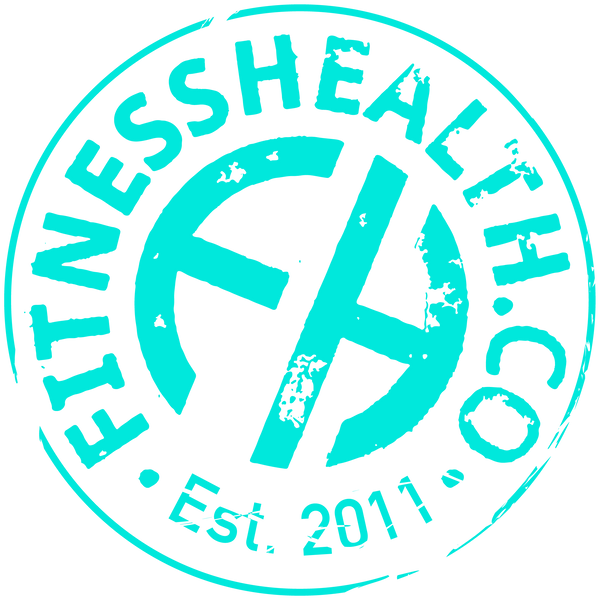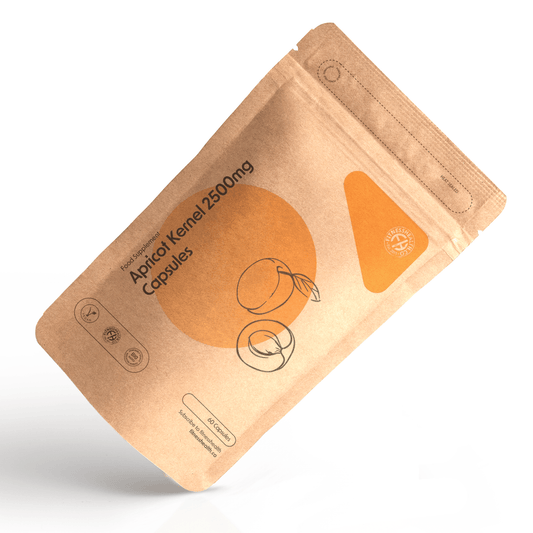Introduction: What is a Body Tape Measure & How Does it Work?
A body tape measure is a tool used to calculate the measurements of a person's body. It can be made from either cloth or metal and has a length of 100 inches (2.54 m). The tape measure is usually wrapped around the person's chest, waist, hips, and sometimes neck.
The measurements are taken by comparing the distance between two points on the tape measure. For example: if you wrap the tape measure around your chest and then compare that distance to your wrist, you would know your chest circumference.
How to Use a Body Measure Tape for the Most Accurate Results
Body measurements are a significant factor in determining the right you need to determine the correct calculations. However, many people find it difficult to take their own body measurements. A body measure tape is an easy and accurate way to get these measurements.
In this article, we will discuss how to use a body measure tape for the most accurate results.
That's why body measurements are important. It's a better way to track your progress because you know what's really happening to your body. When you are trying to change your body composition, knowing how to measure your body is very useful. For instance, if you are aiming to lose fat and/or gain muscle then taking measurements can be done regularly, with that data being recorded and the goal of progression assessed.
When taking measurements, it is important to wear fitted clothing or no clothing at all. Stand with your feet together and your body relaxed for all the measurements.
Tips & Tricks for Taking Accurate Measurements with a Body Measurement Tape
This article will give you some tips and tricks for taking accurate measurements with a body measurement tape.
-The first tip is to always measure in the morning, before eating or exercising.
-The second tip is to make sure that you are measuring at the same time of day each time.
-The third tip is to measure your waist at the level of your belly button, not where your pants sit.
-The fourth tip is to measure yourself in front of a mirror and use a ruler or tape measurer to get an accurate reading.
Where to Measure
How and where to measure different body parts
-
Abs: Stand with your feet together and your back straight but relaxed, and find the widest part of your torso, often around your belly button.
-
Arms: Stand up straight with one arm relaxed, and find the midpoint between the shoulder bone and the elbow of that arm.
-
Calves: Measure halfway between the knee and the ankle.
-
Chest: Stand with your feet together and stand straight, hold a non-hugging hand across your bust at armpit height
-
Hips: This is the widest part of your buttocks (glutes). Try looking in a mirror while standing sideways. Make sure the body tape measure is always parallel to the floor.
-
Thighs: Look for the midpoint between the bottom of the glutes and widest part of the thighs. This will be roughly around the back of your knee.
-
Waist: Find your natural waist or the narrowest part of the torso. Waist measurements are good for assessing health, with larger waists putting you at greater risk of chronic issues and conditions such as heart disease and diabetes
Conclusion: The Importance of Measuring Accurately and How You Can Do it Effectively
The conclusion of this article is that we should measure accurately and we should do it effectively.
Accurately: We need to make sure that the data we collect is representative of what we think it is. If our data collection process changes, then the results will be inaccurate and not reliable. For example, if you are measuring how long people spend on a website but you change the way in which you measure time then your results will be skewed.
Effective: We need to make sure that we use all the data collected to its full potential and not just throw it away because it doesn't seem relevant. For example, we need to conduct measurements two times a week to make sure that the adaptation of the body is taking place in the correct parts. This data is important and will work better than any weighing scale or mirror. Looking at the data gives you the real results of the changes that are happening in the body.







